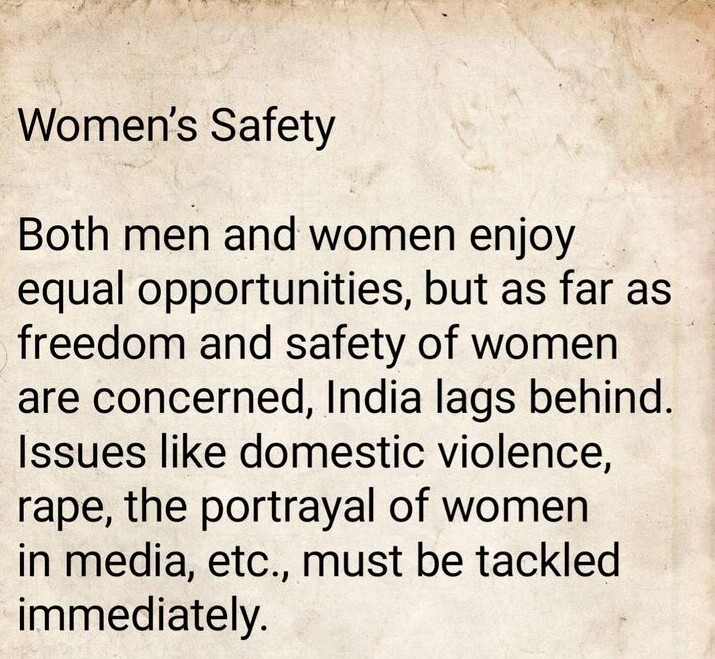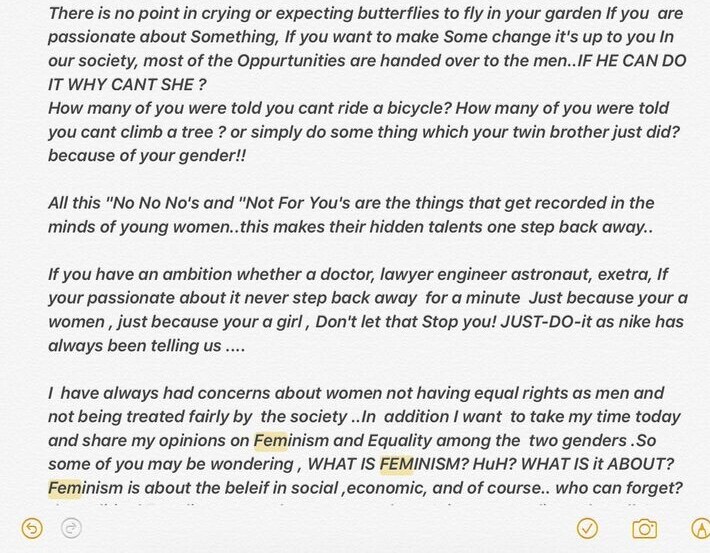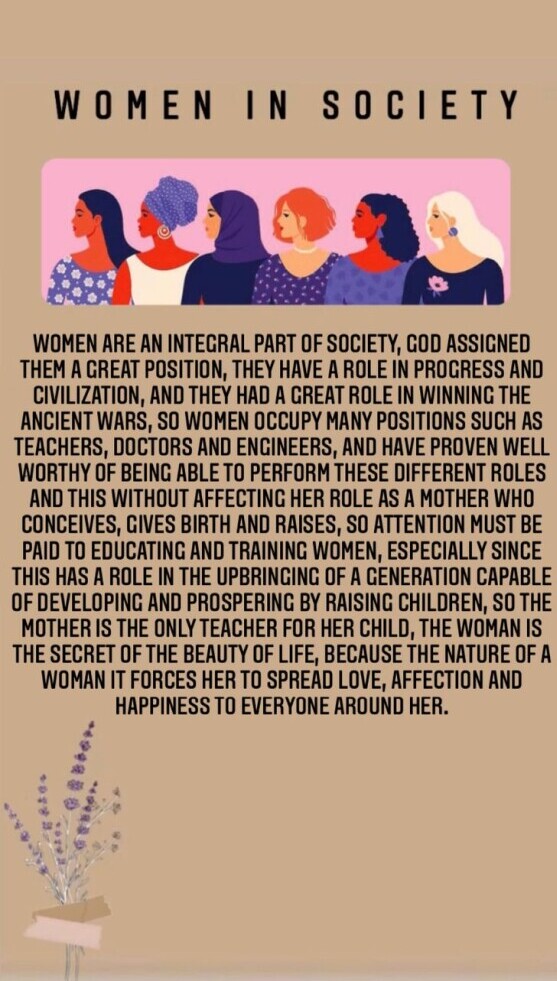Women’s Safety In South Asia

Women’s Safety in South Asia: A Conversation We Need to Have
When we talk about women’s safety in South Asia, we’re diving into a topic that’s as vast as it is critical. This is a region rich in culture, diversity, and history, yet it’s also a place where the safety of women is frequently under threat. Let’s explore this issue, not just by highlighting the challenges, but by discussing the solutions and the power of change that’s brewing.
The Reality of the Situation
South Asia is home to a significant portion of the world’s population, and within this region, women face unique challenges when it comes to safety. The issues are multifaceted—ranging from domestic violence, street harassment, and workplace discrimination, to more severe crimes like human trafficking and sexual assault. These problems are often deeply rooted in traditional gender roles and societal expectations that have existed for centuries.
But it’s not all grim. There’s a growing awareness and an increasingly vocal demand for change. Women, along with their allies, are pushing back against these norms, advocating for safer environments in their homes, workplaces, and public spaces.
Understanding the Cultural Context

In South Asia, cultural practices and societal norms play a significant role in shaping women’s experiences. In many communities, traditional roles often place women in positions of vulnerability. For example, the expectation for women to maintain family honor can sometimes lead to their silence on issues of abuse or harassment. Similarly, in some regions, the practice of dowry can lead to violence against women when demands are not met.
However, culture is not static. It evolves, and we’re seeing a shift. Modern education, exposure to global ideas, and the rise of digital platforms are empowering women to challenge these norms. More and more women are stepping into roles that were traditionally off-limits, and they are using their voices to demand change.
The Role of Education and Awareness
Education is one of the most powerful tools we have in the fight for women’s safety. By educating both men and women about gender equality and human rights, we lay the foundation for a safer society. Schools, colleges, and even workplaces need to be more proactive in discussing these issues, not as taboo topics, but as essential conversations.
Awareness campaigns, led by both governments and non-governmental organizations, are making strides in this direction. Social media has become a powerful platform for spreading awareness, with movements like #MeToo and #TimesUp resonating strongly across South Asia. These movements have given women the courage to speak out about their experiences, creating a sense of solidarity and support.
Legal Protections and Their Implementation
Laws protecting women’s rights have been established in many South Asian countries. For instance, India’s laws against domestic violence and sexual harassment are comprehensive. Pakistan has also made significant legal strides with the Protection of Women Act. Bangladesh, Sri Lanka, Nepal, and others have similar legal frameworks.
But having laws on paper isn’t enough. The real challenge lies in their implementation. Issues like corruption, lack of awareness, and societal pressure often hinder the enforcement of these laws. This is where the role of law enforcement agencies becomes crucial. Police forces need to be sensitized and trained to handle cases of violence and harassment with the seriousness they deserve. Moreover, there needs to be a concerted effort to ensure that the judicial process is accessible and just for all women, regardless of their socioeconomic status.
Empowering Women: A Path Forward

Women’s safety in South Asia isn’t just a women’s issue—it’s a societal issue. Everyone has a role to play in creating a safer environment. Empowering women economically, socially, and politically is key. When women have access to education, employment, and decision-making power, they are better equipped to protect themselves and their families.
Communities also need to foster an environment where women feel safe to speak up without fear of judgment or retribution. Men, too, have an important role in this dialogue. Gender equality benefits everyone, and male allies are essential in challenging the patriarchal structures that perpetuate violence and discrimination.
Looking Ahead: The Power of Collective Action
The journey toward ensuring women’s safety in South Asia is ongoing, and it’s one that requires collective action. Governments, NGOs, educators, community leaders, and individuals all need to work together to create lasting change. It’s about more than just reacting to incidents of violence—it’s about building a society where such incidents are rare, where women feel safe in every aspect of their lives.
In conclusion, while the challenges are real and significant, so is the potential for change. South Asia is at a crossroads, and the choices we make now will shape the future for generations of women to come. Let’s choose a path that leads to empowerment, equality, and safety for all.
